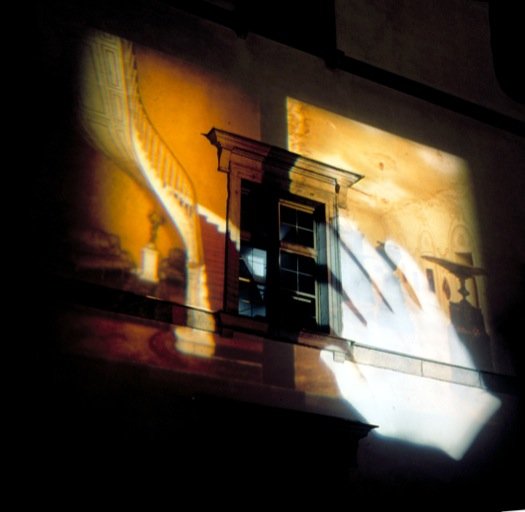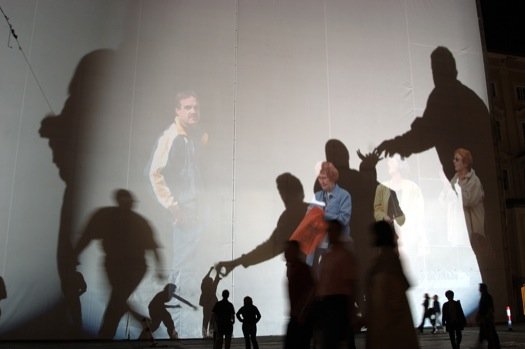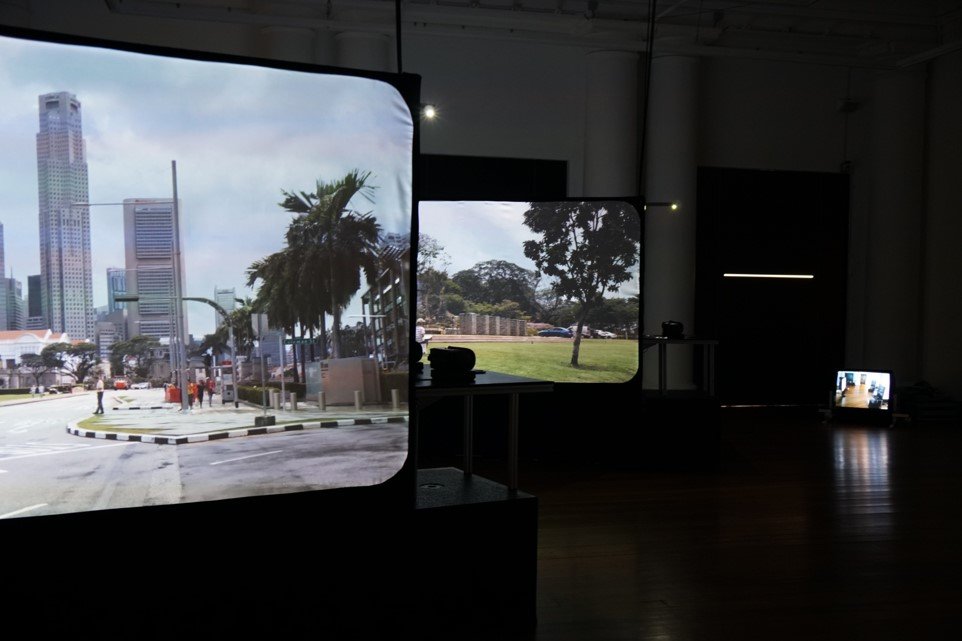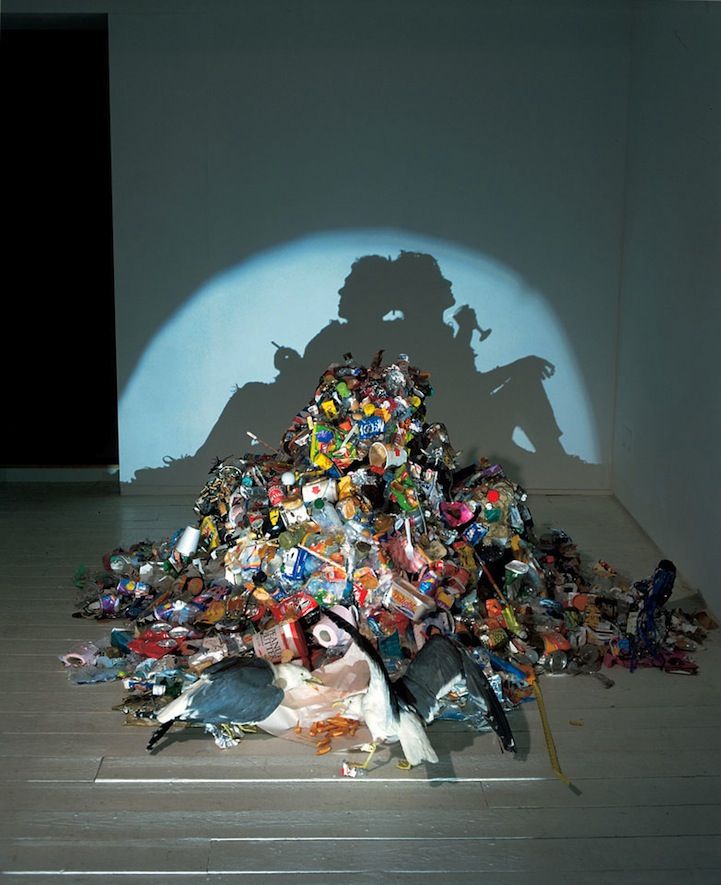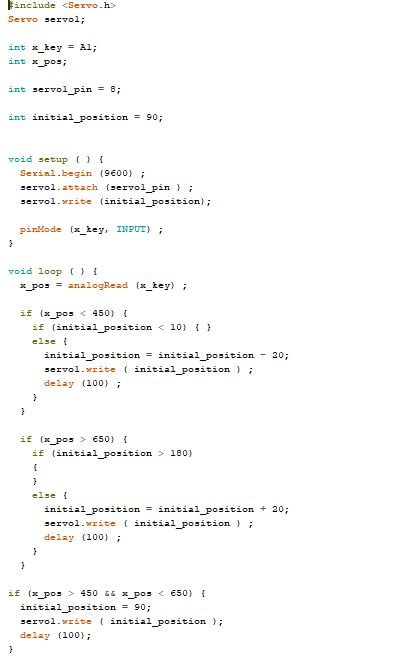Started as some political monologue that slowly changes into a design manifesto to descriptions of his artwork. I have to say that it was very difficult to comprehend this reading. (I probably say that for almost every reading)
Right of the bat, he terms himself as a “nomad”. Describing himself by saying that in each of his projects, the meaning is “strongly grounded in its specific terrain.”
Even though I felt that that is a very bold statement to say, especially how he mentions nomads know the characteristics of the terrain better than native residents. Nonetheless, the context of what he was saying is important – when building an interactive space, we should understand the terrain that it is being built on. The installation/artwork should in a way morph according to the terrain that it is on. Thus, an installation or artwork should integrate into the context of a location.
What is a critical vehicle?
“is an ambitious and responsible medium – a person or piece of equipment – that attempts to convey ideas and emotions in the hope of transporting to each human terrain a vital judgement toward a vital change”
I guess a way I would interpret critical vehicle is a speculative kind of artwork that engages viewers to think from a different perspective.
Interrogative Design
A design can be considered as interrogative when “it takes a risk, explores, articulates, and responds to the questionable conditions of life in today’s world, and does so in a questioning manner.”
An interesting statement mentioned that hit home was, “Design must articulate and inspire communication of real, often difficult lived-through experience, rather than operate as a substitute for it.”
I believe in creating art with meaning and using art as a platform to create or engage discussions. “Art for art’s sake” doesn’t really resonate with me.
In a way, interrogative design highlights the negativity of a context, by showing the “ugly truth” behind it that is ever so often kept hidden from the world.
The example of the bandage in the article, I thought really exemplifies the idea of interrogative design which I had never thought of. Whilst a bandage is meant for healing wounds, it also acts (unintendedly) as a signifier to everyone that you are injured. The usual response when someone sees a bandage on you is probably “what happened?!”, which essentially goes to show that the bandage is an indicator that you have gone through some harm.
Bringing this back to interactive spaces. How can we apply interrogative design to a space?
To bring a change, the wrong has to first be highlighted. When coming up with a theme or context for a space, we should consider highlighting the “ugly truth” of the context, instead of covering it up.
For example, when the topic could be about environmental issues. I think it is important to show the negative impacts faced by the environment for the message to get across effectively.
Projects: City Hall Tower Projections and the Homeless vehicle
Jumping straight to the projects that he has embarked on. I believe in many of these projects, he gave a voice to the vulnerable, unheard and overlooked. And I honestly do admire and commend him for these projects.
The strength of the City Hall Tower Projections to me was how he used an existing monument to his advantage. A monument that is highly regarded and relatable to people, and imposes an unrelated context onto it, thus making the monument unfamiliar and yet familiar at the same time.
I think what we can learn from this project is to ensure that our participants are able to somehow relate or be familiar with our space, and introduce the uncomfortable context into that. Because if we were to throw our participants into something that they aren’t familiar with at all, they might be taken aback and don’t respond as to how we want them. The familiarity can be advantageous as people tend to gravitate towards something that they are familiar with.
For Homeless Vehicles, some may not agree with me but I don’t really see it as art, rather a product or vehicle that could improve the lives of the homeless.
In both of these projects, we see how he highlighted the “ugly truth” in order to send the message across. Moreover, we can see how his artworks could incite conversations and question in its viewers.
Conclusion
When I first read this article, I had a negative judgement of the artist. However, as I continued reading on, I started seeing the passion that he brings to his art, how he hopes to create a change through his art and that is very admirable.
Even though it was a very difficult reading, I have definitely gained some insights into interrogative design which can be useful when I’m creating artworks that have strong, impactful messages.










